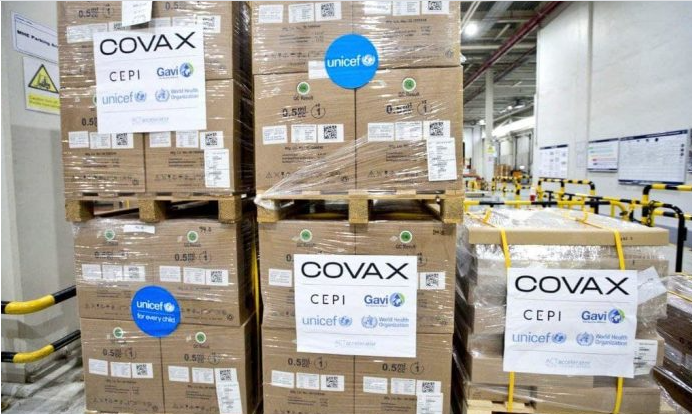May 14, 2021

The Islamic Republic is making almost daily announcements about great accomplishments in preparations to vaccinate the Iranian public against the coronavirus, but little appears to be happening.
Iran is ordering foreign-made vaccines, which it is administering very sparingly now, as well as testing Iranian-designed vaccines, which it says will be mass-produced and administered to Iranians starting in June. It is also buying manufacturing rights to some foreign vaccines.
But despite having taken delivery of 3.2 million doses of foreign vaccines since February, it has announced administering only 1.4 million doses as of May 10. (On April 18, President Rohani said 1.4 million doses would be administered by April 23; numbers are being thrown around with abandon.)
That 1.4 million pales against the stock available and pales against the records of many other countries. Iran has administered at least one dose to just 1.5 percent of the population as of May 10, while worldwide 8.4 percent of the people had gotten at least one dose or almost six times the rate in Iran, according to the World Health Organization (WHO). The United States, for example, had administered at least one dose to 47 percent of the public as of May 10.
According to the Iran Customs Administration, by May 2 Iran had received 1.6 million doses from China’s Sinopharm, 780,000 South Korean-made AstraZeneca doses, 730,000 Russian Sputnik V doses and 125,000 doses made in India before India halted exports to respond to the its own surging epidemic.
Last year, Supreme Leader Ali Khamenehi barred Iran from buying any American or British vaccines. Astra-Zeneca is the sole British vaccine, but Iran’s Health Ministry says it is a Korean vaccine because it comes from a plant in South Korea.
On May 9, President Rohani condemned the United States for obstructing Iran’s ability to import vaccine through the World Health Organization’s Covax program. But it was back in December that the WHO said all obstructions had been removed and there was no problem for Iran to order, pay for and receive deliveries through COVAX. On Christmas Eve, Central Bank Governor Abdolnasser Hemmati confirmed the US had approved payments. But over the successive months, Iranian officials almost daily have complained that the Americans had not approved a payment mechanism. Yet, Iran announced that the first COVAX shipment from WHO arrived April 5.
Rohani also pledged May 9 that 13 million high-risk Iranians would be vaccinated no later than July 22.
He also announced that 1 million doses of the Iranian-made COV-Iran Barekat vaccine would be made available by mid-May. It wasn’t. The day after he announced the mid-May delivery, the head of the institute producing that vaccine said the first 1 million doses would be available in June. Furthermore, that vaccine had just started the third phase of its tests and hasn’t been approved for use by the Health Ministry. Seventy people received the vaccine in test Phase One, 350 in Phase Two and 20,000 are now receiving it in Phase Three.
In addition to imports and domestically-designed vaccines, the government said it will manufacture three foreign vaccines Cuba’s Soberana-02, Russia’s Sputnik V and an Australian vaccine. Iran’s ambassador to Russia announced March 26 that production of Sputnik V in Iran would begin in April. It didn’t.



















